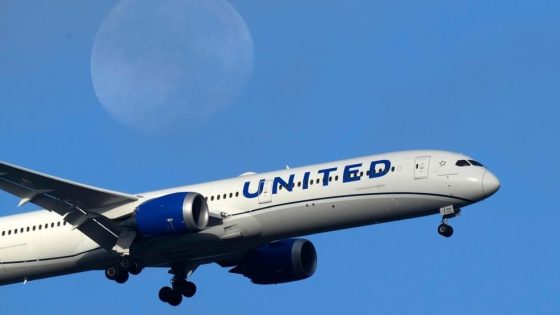On July 25, United Airlines flight 108 faced a critical situation shortly after takeoff from Washington Dulles International Airport. The Munich-bound Boeing 787, carrying 219 passengers and 11 crew members, declared a “Mayday” due to engine failure.
- United Airlines flight 108 declared a "Mayday."
- Engine failure occurred shortly after takeoff.
- Flight was bound for Munich, carrying 230 people.
- Pilots needed to dump fuel for landing.
- Aircraft landed safely after 30 minutes.
- United Airlines cited a "mechanical issue."
As the aircraft climbed to 10,000 feet, pilots communicated the emergency to air traffic control, stating, “Failure, engine failure, left engine.” They quickly initiated a return to the airport, highlighting the challenges of managing a heavy aircraft fueled for a transatlantic flight.
After circling the airport and safely dumping fuel, the crew landed back at Dulles over 30 minutes later, ensuring all on board were unharmed. This incident underscores the importance of emergency protocols in aviation.
This incident raises important questions about airline safety and emergency preparedness. How do airlines ensure passenger safety in critical situations? And what protocols are in place to handle such emergencies? Consider these points:
- Emergency procedures are crucial for passenger safety.
- Aircraft weight management is vital during emergencies.
- Regular maintenance checks can prevent mechanical failures.
- Training for pilots is essential in handling crises.
As air travel continues to grow, it’s essential for airlines to prioritize safety and preparedness. Stay informed about aviation News to understand how these protocols evolve.

































